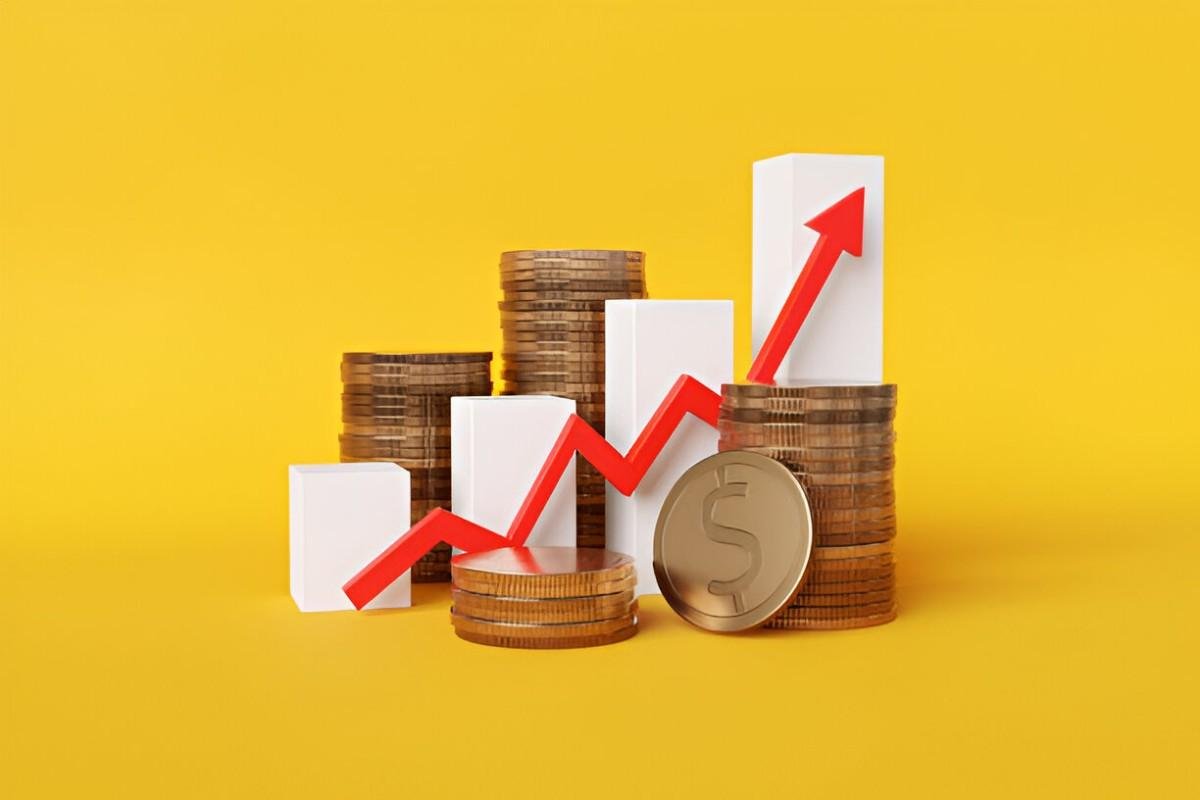Prestige pricing fascinates me. It’s not just about slapping a high price tag on a product—it’s a deliberate psychological and economic strategy that taps into consumer perception, exclusivity, and brand value. In this deep dive, I’ll explore what prestige pricing is, how businesses use it, and the real-world examples that make it work.
Table of Contents
What Is Prestige Pricing?
Prestige pricing, or premium pricing, sets prices higher than the market average to signal superior quality, exclusivity, or status. Unlike cost-based pricing, where margins dictate the price, prestige pricing relies on perceived value. Consumers often associate higher prices with better quality, even if the actual difference is minimal.
The Psychology Behind Prestige Pricing
Why do people pay \$500 for a designer T-shirt when a similar one costs \$20 at a retail store? The answer lies in the Veblen effect—a phenomenon where demand increases as price rises because consumers derive status from expensive goods.
Luxury brands like Rolex and Louis Vuitton don’t compete on affordability. Instead, they cultivate an aura of exclusivity. If Rolex slashed prices, their appeal would diminish. High prices reinforce the idea that only a select few can afford them.
Key Strategies for Effective Prestige Pricing
Not every brand can pull off prestige pricing. It requires deliberate positioning and execution. Here’s how successful companies do it:
1. Brand Positioning and Storytelling
A strong brand narrative justifies the premium. Apple doesn’t just sell phones—it sells innovation, sleek design, and an ecosystem. Their pricing reflects that.
2. Limited Availability
Scarcity drives desire. Hermès limits the production of its Birkin bags, ensuring demand always outstrips supply.
3. Superior Quality and Craftsmanship
If a product doesn’t deliver on quality, prestige pricing fails. Tesla’s electric cars command high prices because they offer cutting-edge technology and performance.
4. Exclusive Distribution Channels
Luxury brands avoid mass-market retailers. You won’t find Chanel in Walmart—it’s sold in high-end boutiques or department stores like Neiman Marcus.
5. Non-Price Competition
Instead of discounts, prestige brands compete on experience, service, and prestige. A Mercedes-Benz dealership offers a different experience than a Toyota showroom.
Mathematical Underpinnings of Prestige Pricing
Prestige pricing isn’t arbitrary. It follows economic principles. The demand curve for Veblen goods slopes upward, contrary to traditional goods.
The demand function for a Veblen good can be represented as:
Q_d = a + bPWhere:
- Q_d = Quantity demanded
- P = Price
- a = Intercept (base demand)
- b = Slope (positive for Veblen goods)
For normal goods, b is negative—higher prices reduce demand. For Veblen goods, b is positive.
Example Calculation
Suppose a luxury watch brand has the demand function:
Q_d = 1000 + 5PIf the price increases from \$10,000 to \$12,000 , the quantity demanded rises:
- At P = \$10,000 :
At P = \$12,000 :
Q_d = 1000 + 5(12,000) = 61,000This upward-sloping demand curve confirms the Veblen effect.
Real-World Examples of Prestige Pricing
1. Apple’s iPhone Pro Max
Apple’s iPhone Pro Max starts at \$1,099 , far above mid-range smartphones. Yet, consumers pay for the brand’s reputation, ecosystem, and perceived superiority.
2. Starbucks’ Reserve Roastery
While a regular Starbucks coffee costs \$3 , their Reserve Roastery charges \$10 or more for specialty brews. The exclusivity and experience justify the premium.
3. Rolex Submariner
A Rolex Submariner retails for around \$8,000 , yet demand exceeds supply. The high price reinforces its status as a luxury item.
4. Tesla Model S Plaid
Priced at \$135,990 , the Model S Plaid isn’t just a car—it’s a statement about innovation and sustainability.
Prestige Pricing vs. Other Pricing Strategies
| Pricing Strategy | Definition | Example |
|---|---|---|
| Prestige Pricing | High prices to signal exclusivity | Rolex watches |
| Penetration Pricing | Low initial prices to gain market share | Netflix’s early subscription rates |
| Skimming Pricing | High initial prices that gradually decrease | New gaming consoles |
| Cost-Plus Pricing | Price = Cost + Markup | Generic grocery items |
When Prestige Pricing Fails
Not all brands succeed with prestige pricing. Missteps include:
- Overpricing Without Justification – If the product doesn’t deliver perceived value, consumers reject it.
- Inconsistent Branding – A luxury brand discounting too often erodes prestige (e.g., Michael Kors’ outlet stores).
- Economic Downturns – During recessions, even affluent consumers may cut back on luxury spending.
Final Thoughts
Prestige pricing is a powerful tool—but only when executed with precision. It’s not just about charging more; it’s about cultivating desire, exclusivity, and perceived value. From Apple to Rolex, the most iconic brands master this balance.





